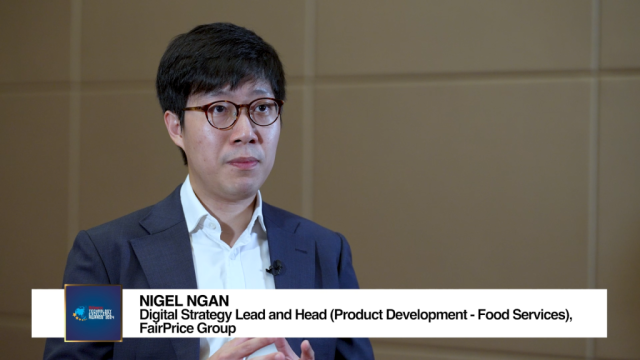How Singapore bosses can boost meeting efficiency
By Stuart Harman
Every Singaporean businessman and woman knows the importance of meetings. A necessary evil they may be, but they are vital for providing and receiving updates, communicating, planning, brainstorming and making decisions.
Focusing on making sure meetings are always effective can save individuals and the company a great deal of time - in a business climate where time is precious, that’s an advantage many of us can’t afford not to take. But how do you measure a meeting’s effectiveness? Just ask these three simple questions at the end of every meeting:
Did we do what we said we would do?
No matter what you are using the meeting for, always start with the end in mind. A clear agenda is vital. This should include defined expected outcomes from the meeting. At the end of the meeting the Chairperson or individual leading the meeting should check back to the agenda to ensure all expected outcomes have been delivered.
How long did it take us?
Effectiveness is achieved by accomplishing the first question, in the shortest amount of time possible.
There are some key activities that can reduce the amount of time meetings consume:
Everyone arriving on time, so the meeting starts on schedule.
All participants coming prepared, understanding the meeting objectives and having already done any required preparation or pre-reading.
Addressing non-delivery of action items prior to the meeting: many organisations spend long period of times debating why something has not been achieved in meetings. This is not a productive use of meeting time.
Effective chairing of the meeting: having a Chairperson or facilitator to keep the meeting on track and discussion aligned with the expected outcomes of the meeting, can save a great deal of time. They should also ensure buy-in and sign-off to actions and decisions, as this will reduce the likelihood of needing further dialogue or meetings outside of the current meeting, because an individual was not in agreement.
Focus on presentation of information rather than presentation of data: materials presented at meetings need to pass the ‘So What?’ test. They should contribute to the desired outcomes from the meeting and not just be presented ‘because they always have been’.
Use headlines to tell a story and get the point across: I have been in meetings where people include pages and pages of numbers in their information packs. Significant time is then lost as meeting attendees seek to understand what the numbers mean, or even argue about them. Charts and numbers should be used as supporting data for the key messages in a presentation or in an information pack - the headlines should tell the story.
Take away the chairs: where meetings are scheduled for a short period of time one tactic I have seen many organisations use effectively is to have ‘stand up’ meetings. This maintains the energy in the room and meeting participants are unlikely to drag the meeting out as they will have to stand up for a longer period!
How could we do it better?
Before the meeting ends the Chairperson or facilitator should lead a critique of the meeting and meeting process. As well as asking the above questions, the key is to identify opportunities to do things better in future and take action to make them happen.
A very useful technique is to ask the participants in the meeting to score the meeting on a scale of 1 to 10 on the three criteria below.
How did you rate the effectiveness of the meeting in achieving its stated objectives? A score of 1 indicating none of the objectives were met or that the objectives were unclear at the start of the meeting and the meeting added no value; and a score of 10 indicating the objectives were fully met and that the meeting was completed ahead of schedule.
How did you rate your personal level of participation in the meeting? A score of 1 indicating you did not participate, you were distracted and your attendance was a waste of time; and a score of 10 indicating you were fully engaged, listened actively and contributed to the outcomes of the meeting.
How did you rate the effectiveness of the participants in working together in the meeting? A score of 1 indicating participants worked very poorly together or worked against each other; and a score of 10 indicating participants worked very effectively together to deliver the objectives of the meeting in or in less time than had been allocated.
The Chairperson or Facilitator should then lead some discussion to determine the causes of the level of performance identified and the lessons learned for future meetings.
Another useful technique, is to ask:
What should we stop doing?
What should we start doing?
What should we do more of?
What should we do less of?
Whatever technique is used to critique the meeting, it is essential the feedback is captured and documented; a decision is made about what action to take; and this action is documented, accountability assigned and action is taken.
Meetings are an established part of most organisations’ day-to-day operations. As the need for business efficiency increases, make sure you are not spending more time in meetings than necessary, and that they are always effective.

























 Advertise
Advertise









